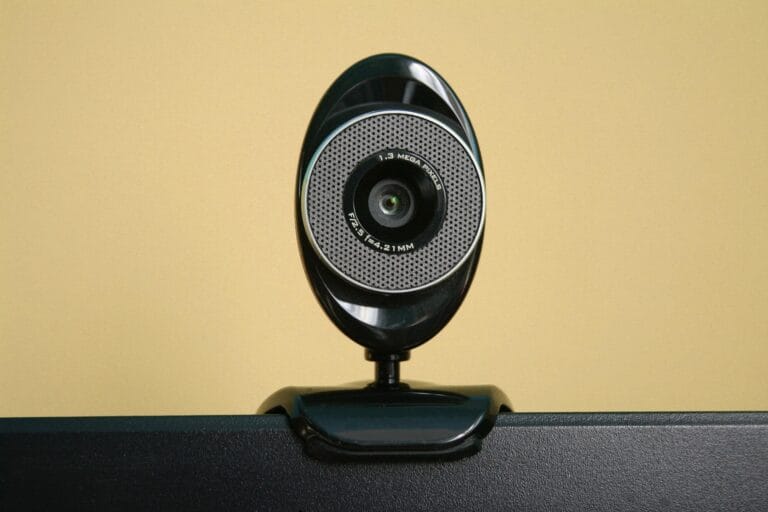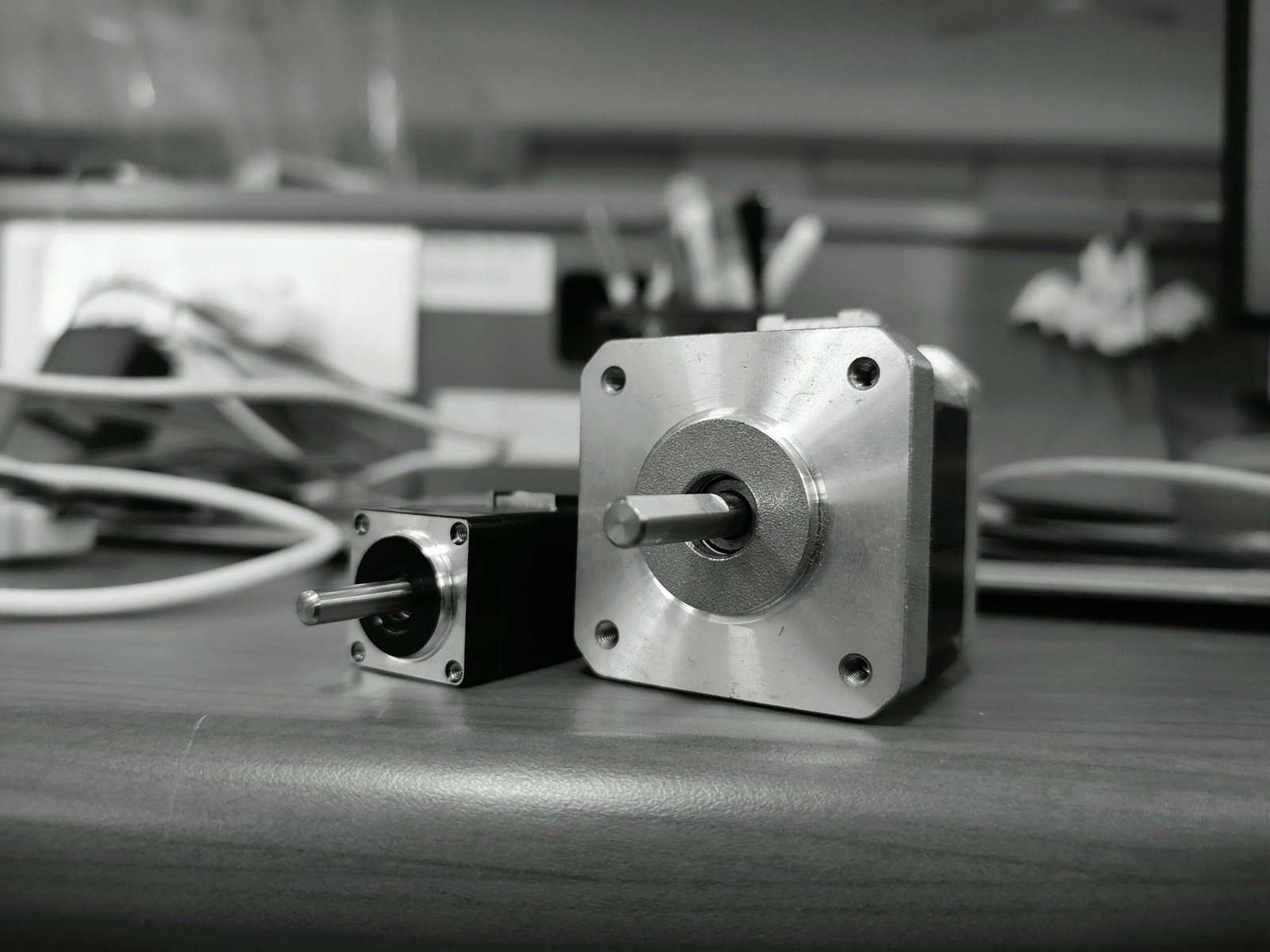In today’s fast-paced digital world, having a slow and sluggish computer can be incredibly frustrating. Whether you use your computer for work, gaming, or simply browsing the internet, a slow machine can hinder your productivity and leave you feeling exasperated. Fortunately, there are several effective methods you can employ to speed up your Windows computer and breathe new life into its performance.
Identify the Culprits
The first step in speeding up your slow Windows computer is to identify the factors that are causing the sluggishness. There can be various reasons behind a computer’s reduced performance, including excessive startup programs, large and fragmented files, outdated hardware, and malware infections. By pinpointing the root causes, you can target them specifically and implement the necessary solutions.
Streamline Startup Programs
One common reason for a slow startup and overall sluggishness is the presence of too many programs launching at startup. These programs not only consume valuable system resources but also prolong the time it takes for your computer to boot up. To streamline your startup programs, you can use the built-in System Configuration tool in Windows. Simply type “msconfig” in the Run dialog box (Windows Key + R) and navigate to the Startup tab. From there, you can disable unnecessary programs from launching at startup, freeing up resources and improving your computer’s speed.
Optimize Storage Space
Another factor that can contribute to a slow Windows computer is insufficient storage space. When your hard drive is nearing its capacity, it can significantly impact your computer’s performance. To optimize your storage space, you can start by removing unnecessary files and applications. Use the Disk Cleanup tool to delete temporary files, clear your browser cache, and remove unnecessary system files. Additionally, consider uninstalling programs that you no longer use or need. By freeing up storage space, you can improve your computer’s speed and responsiveness.
Defragment Your Hard Drive
Over time, files on your hard drive can become fragmented, meaning they are scattered across different sectors of the disk. This fragmentation can slow down file access times and overall system performance. To defragment your hard drive, you can use the built-in Disk Defragmenter tool in Windows. Simply search for “defragment” in the Start menu and select the “Defragment and Optimize Drives” option. From there, you can analyze and defragment your hard drive, allowing for faster and more efficient file access.
Update Your Hardware and Drivers
Outdated hardware and drivers can also contribute to a slow Windows computer. Over time, new software and applications require more resources, and outdated hardware may struggle to keep up. To ensure optimal performance, consider upgrading your computer’s hardware components, such as adding more RAM or replacing your hard drive with a solid-state drive (SSD). Additionally, regularly updating your drivers, especially graphics and chipset drivers, can provide performance enhancements and compatibility improvements.
Scan for Malware
Malware infections can significantly impact your computer’s speed and overall performance. Viruses, spyware, and other malicious software can consume system resources, cause frequent crashes, and slow down your computer’s operations. To scan for and remove malware, use a reputable antivirus and anti-malware software. Perform a full system scan and let the software identify and eliminate any threats it finds. Regularly updating your security software and running scheduled scans can help prevent future infections and keep your computer running smoothly.
By implementing these tips and tricks, you can effectively speed up your slow Windows computer and enjoy a seamless computing experience. Remember to regularly maintain your computer by performing these optimizations, and you’ll be amazed at the difference it can make in your daily productivity and overall satisfaction.
1. Clean up your hard drive
One of the most common reasons for a slow computer is a cluttered hard drive. Over time, files and programs can accumulate on your computer, taking up valuable space and slowing down performance. To speed up your computer, start by cleaning up your hard drive.
Begin by deleting any unnecessary files and folders. You can use the built-in Disk Cleanup tool in Windows to help you identify and remove these files. Additionally, consider uninstalling any programs that you no longer use or need. This will free up space on your hard drive and help improve your computer’s performance.
Another effective way to clean up your hard drive is to use a third-party software tool. These tools are designed to scan your computer and identify any files or programs that are no longer needed. They can also help you optimize your hard drive by organizing files and removing any temporary or duplicate files.
In addition to deleting unnecessary files, it’s also important to organize your files and folders in a logical manner. This will not only make it easier for you to find and access your files, but it will also help improve your computer’s performance. Consider creating separate folders for different types of files, such as documents, photos, and videos. You can further organize these folders by creating subfolders based on specific categories or projects.
Regularly backing up your files is another important step in cleaning up your hard drive. By creating backups of your important files, you can free up space on your computer and ensure that your data is safe in case of a hardware failure or other unforeseen event. There are many backup solutions available, ranging from external hard drives to cloud storage services. Choose the option that best suits your needs and set up a regular backup schedule.
Finally, consider defragmenting your hard drive. Over time, files can become fragmented, meaning that they are stored in multiple locations on your hard drive. This can slow down your computer’s performance, as it takes longer for the system to access and retrieve these fragmented files. By defragmenting your hard drive, you can reorganize these files and improve your computer’s performance.
In conclusion, cleaning up your hard drive is an essential step in optimizing your computer’s performance. By deleting unnecessary files, organizing your folders, backing up your data, and defragmenting your hard drive, you can free up space, improve access times, and ensure that your computer runs smoothly.
2. Disable startup programs
When you start your computer, there may be several programs that automatically launch in the background. These programs can significantly slow down your computer’s startup time and overall performance. To speed up your computer, you can disable unnecessary startup programs.
To do this, open the Task Manager by pressing Ctrl+Shift+Esc. In the Task Manager, navigate to the “Startup” tab. Here, you will see a list of programs that launch when your computer starts. Right-click on any program that you don’t need to run at startup and select “Disable”. This will prevent the program from launching automatically and help improve your computer’s speed.
Disabling startup programs can have a noticeable impact on your computer’s performance. By reducing the number of programs that launch at startup, you can free up system resources and speed up the time it takes for your computer to boot up. This is particularly useful if you find that your computer takes a long time to start or if you notice a significant slowdown in performance after booting up.
When deciding which programs to disable, it’s important to consider their importance and relevance to your daily computer usage. Some programs, such as antivirus software or system utilities, may be necessary for the proper functioning of your computer and should not be disabled. However, there are often many programs that are set to launch at startup by default but are not essential for your everyday tasks.
Common examples of programs that can be safely disabled at startup include media players, chat clients, and unnecessary background utilities. These programs may be useful to have readily available, but they don’t need to be running in the background at all times. By disabling them at startup, you can still use them when needed, but they won’t slow down your computer’s performance when you don’t need them.
It’s worth noting that disabling startup programs is not a one-time fix. Over time, as you install new software or update existing programs, new items may be added to the startup list. It’s a good idea to periodically review and disable any new programs that you don’t need to run at startup.
In addition to manually disabling startup programs, there are also third-party software tools available that can help you manage your startup items more efficiently. These tools often provide additional features such as the ability to delay the launch of certain programs, prioritize essential programs, and provide more detailed information about each startup item.
By taking the time to disable unnecessary startup programs, you can optimize your computer’s performance and ensure that it starts up quickly and efficiently. This simple step can make a significant difference in how your computer performs on a daily basis and can help you get the most out of your system.
Another important setting to optimize is your computer’s startup programs. When you turn on your computer, there may be several programs that automatically start running in the background, which can slow down your system’s boot time. To manage these startup programs, open the Task Manager by pressing Ctrl+Shift+Esc. In the Task Manager window, go to the “Startup” tab, where you’ll see a list of programs that launch at startup. Disable any unnecessary programs by right-clicking on them and selecting “Disable”. This will prevent them from running automatically and free up system resources.
Additionally, you can improve your computer’s performance by cleaning up your hard drive. Over time, your hard drive can become cluttered with temporary files, old downloads, and unnecessary programs, which can slow down your system. To clean up your hard drive, open File Explorer and right-click on your main drive (usually C:). Select “Properties” and then click on the “Disk Cleanup” button. This will scan your drive for unnecessary files and give you the option to delete them. You can also use third-party disk cleaning tools for a more thorough cleanup.
Furthermore, optimizing your computer’s settings also involves keeping your operating system and software up to date. Developers regularly release updates that include bug fixes, performance improvements, and security patches. By installing these updates, you can ensure that your computer is running the latest and most optimized versions of the software. To check for updates, go to the Settings menu in Windows and click on “Update & Security”. From here, you can check for updates and install them.
Lastly, it’s important to regularly defragment your hard drive. When files are stored on your hard drive, they can become fragmented, meaning that different parts of the file are scattered across the drive. This can slow down file access times. To defragment your hard drive, open the Disk Defragmenter tool by searching for it in the Start menu. Select your main drive and click on “Optimize”. This will reorganize your files and improve overall system performance.
By optimizing your computer’s settings, you can significantly improve its performance and ensure that it’s running at its best. Taking the time to adjust power settings, optimize visual effects, manage startup programs, clean up your hard drive, install updates, and defragment your hard drive will result in a faster and more responsive computer experience.
4. Upgrade your hardware
If your computer is still slow after trying the above methods, it may be time to consider upgrading your hardware. Over time, technology advances, and older hardware may struggle to keep up with the demands of modern software and applications.
Consider upgrading your computer’s RAM (Random Access Memory) to improve its multitasking capabilities. RAM is responsible for temporarily storing data that your computer needs to access quickly. With more RAM, your computer can handle multiple tasks simultaneously without slowing down. This is especially beneficial if you often work with resource-intensive programs like video editing software or virtual machines.
Another hardware upgrade to consider is switching to a solid-state drive (SSD) instead of a traditional hard drive. Unlike hard drives, SSDs have no moving parts and use flash memory to store data. This means that they can access and load files much faster, resulting in quicker boot times and faster application launches. SSDs also have better durability and are less prone to failure, making them a reliable choice for long-term use.
Before making any hardware upgrades, it’s important to check your computer’s specifications and compatibility. Different computers have different limitations when it comes to hardware upgrades, so it’s crucial to ensure that the components you choose are compatible with your system. Consult with a professional or do thorough research to understand the compatibility requirements and make informed decisions.
Additionally, consider the cost-benefit analysis of upgrading your hardware. While upgrading RAM and switching to an SSD can significantly improve your computer’s performance, it may not be cost-effective for older computers that are nearing the end of their lifespan. In such cases, it might be more practical to invest in a new computer that comes with updated hardware and improved performance out of the box.
In conclusion, upgrading your hardware can be a viable solution if your computer is still slow despite trying software optimizations. By increasing your computer’s RAM or switching to an SSD, you can enhance its multitasking capabilities and improve overall speed and performance. However, it’s important to consider compatibility, cost, and the age of your computer before making any hardware upgrades.
Additionally, it is important to update your computer’s software and applications regularly. Many software updates not only provide bug fixes and performance improvements, but they also introduce new features and functionalities that can enhance your computing experience.
One way to ensure that your software is always up to date is to enable automatic updates. Most software applications have an option to automatically check for updates and install them when available. By enabling this feature, you can save time and effort as the software will take care of updating itself in the background.
Furthermore, keeping your computer’s operating system up to date is crucial for maintaining its security. Operating system updates often include security patches that address vulnerabilities and protect your computer from potential threats. Hackers and cybercriminals are constantly finding new ways to exploit security loopholes, so it is essential to stay one step ahead by installing the latest updates.
In addition to security updates, operating system updates can also improve the overall performance of your computer. These updates may include optimizations and enhancements that can make your computer run faster and more efficiently. By regularly updating your operating system, you can ensure that your computer is utilizing the latest technologies and taking advantage of any performance improvements.
Updating your computer is a simple yet effective way to keep it running smoothly and securely. It is recommended to set aside some time each month to check for updates and install them as needed. By doing so, you can enjoy a faster and more secure computing experience while also benefiting from the latest features and improvements offered by software developers and operating system manufacturers.



